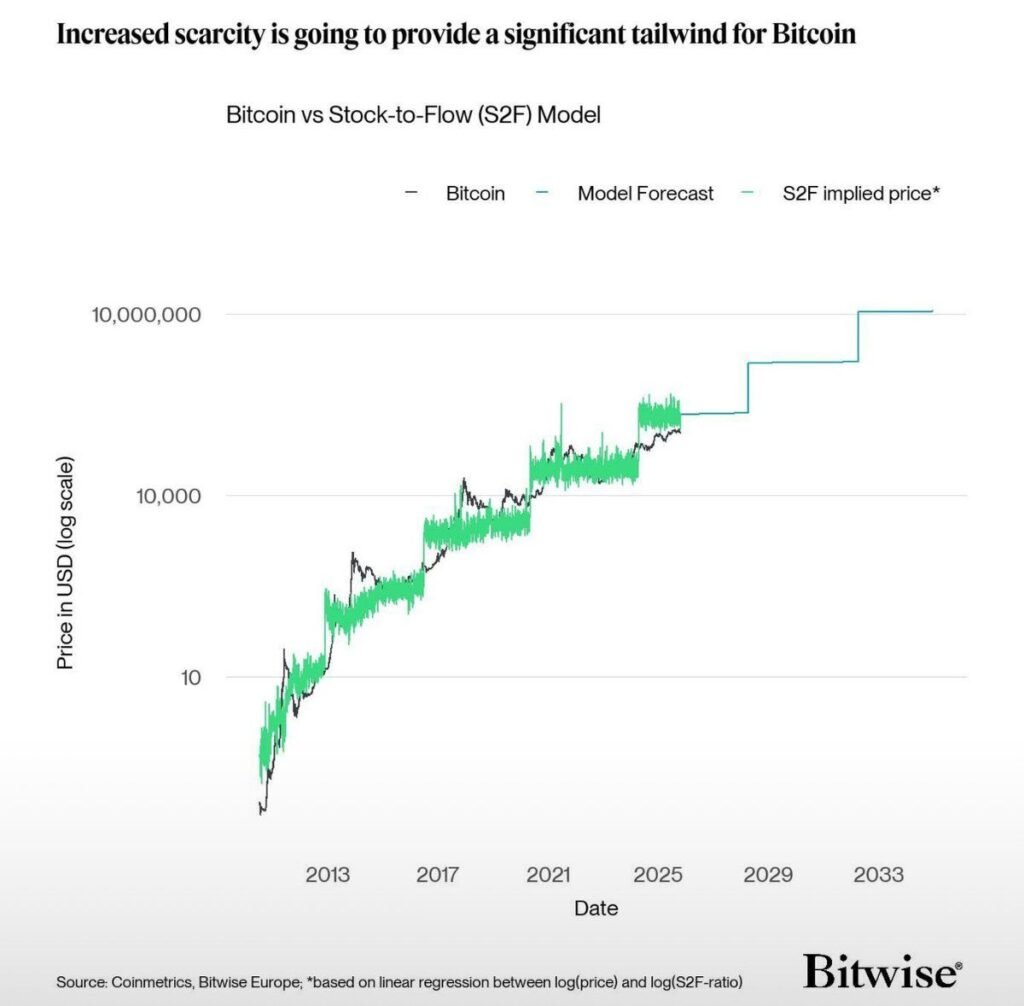Are Bitcoin Price Models Still Reliable in Today’s Market?
Bitcoin, the trailblazer of cryptocurrencies, has always been a subject of acute fascination and scrutiny in financial circles. From its inception, predicting Bitcoin’s price has felt akin to a high-stakes gamble, with myriad models attempting to chart its notoriously volatile trajectory. As the crypto landscape continues to evolve rapidly, a pressing question arises: are the traditional Bitcoin price models still reliable sources for predicting its future price points in today’s market?
Understanding Bitcoin Price Models
Before delving into the reliability of these models, it’s essential to understand the most popular frameworks used for Bitcoin price prediction:
Stock-to-Flow Model: Popularized by PlanB, a pseudonymous analyst, this model equates Bitcoin’s scarcity (stock) driven by its halving events to its value (flow). This model has been widely celebrated for its historical accuracy in predicting Bitcoin’s price surges.
Metcalfe’s Law: Often applied to network technology, this law states that the network’s value (and thereby, presumably, Bitcoin’s price) is proportional to the square of the number of its users.
Moving Averages: A technical analysis tool used across various financial markets, moving averages have been used to predict price trends based on historical data.
- Regression Models: These encompass a variety of statistical techniques to forecast future Bitcoin prices by analyzing the relationships between multiple variables and historical price movements.
Evaluating Reliability in the Current Market
The reliability of these models in today’s market context is not absolute and can vary significantly due to several new dynamics:
Regulatory changes: As governments and financial regulators craft new policies to either integrate or restrict cryptocurrencies, Bitcoin’s price can fluctuate unpredictably. For instance, announcements of stricter regulations tend to drive prices down, while favorable regulations can cause surges.
Institutional Adoption: Unlike the early days of Bitcoin, current market dynamics are heavily influenced by institutional investors. As more corporations and financial institutions adopt Bitcoin as an asset class, this could lend more stability to its price, potentially aligning it closer to traditional financial models and away from earlier, more speculative predictions.
Economic Uncertainties: Global economic factors such as inflation rates, currency devaluation, and changes in interest rates can affect Bitcoin’s attractiveness as an alternative asset, thereby influencing its price. The COVID-19 pandemic, for instance, saw a rise in Bitcoin investment as a hedge against inflation.
- Technological Developments: Innovations within the blockchain realm, like improvements in scalability and security or the emergence of new layers and protocols, can also sway Bitcoin’s price.
The Limits of Predictability
While models provide a framework for understanding and anticipating price movements, the intrinsic unpredictability of the market means there is always an element of uncertainty. The speculative nature of Bitcoin and the sometimes emotional, reactionary trading behaviors of its diverse investor base can lead to price swings that no model can foresee.
A Hybrid Approach to Forecasting
Given these complexities, a hybrid approach combining both traditional models (like stock-to-flow and regression analyses) with newer methodologies that account for real-time global economic indicators and sentiment analysis might offer a more robust strategy for those looking to predict Bitcoin’s price movements accurately.
Conclusion
In conclusion, while traditional Bitcoin price models have offered valuable insights and predictions, their reliability in the face of a maturing market and evolving external conditions is not as firm as it once was. Investors and analysts should therefore remain agile, continuously recalibrating their models in accordance with shifting market dynamics and broader economic indicators. In the volatile world of cryptocurrency, flexibility and adaptability are just as critical as the models themselves.



